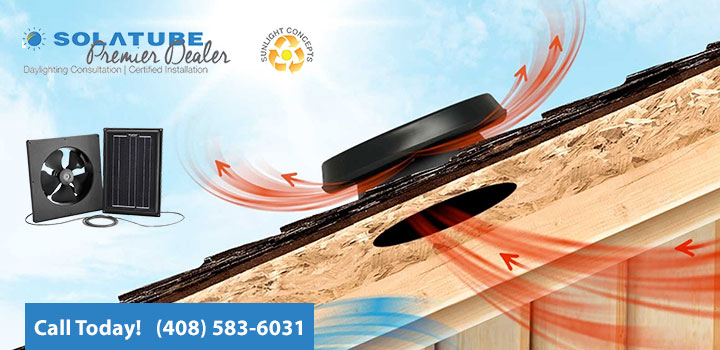Sunlight Concepts in a Nutshell
Sunlight Concepts is the Solatube Premier Dealer for the Santa Clara County, San Benito, Santa Cruz and Monterey Counties in the Northern California Bay Area. At Sunlight Concepts, you will find a team of professionals ready to assist you with all of your daylighting & Ventilation needs. Our main office, as well as showroom, is located at 1130 Walsh Ave. in Santa Clara. We offer design consultation as well as professional installation. Whether you are remodeling, building a new home or you just want more beautiful natural light and Ventilation systems for your Home we can help.
What our Customers Say About Us
Products / Services
Daylight Consultation
Solatube Daylighting Systems
Solar Powered Attic Fans
Whole House Fans
Attic Fans
Garage Fans
Read our Recent Articles
Make Your Home Smart & Sustainable – The Future Starts Now
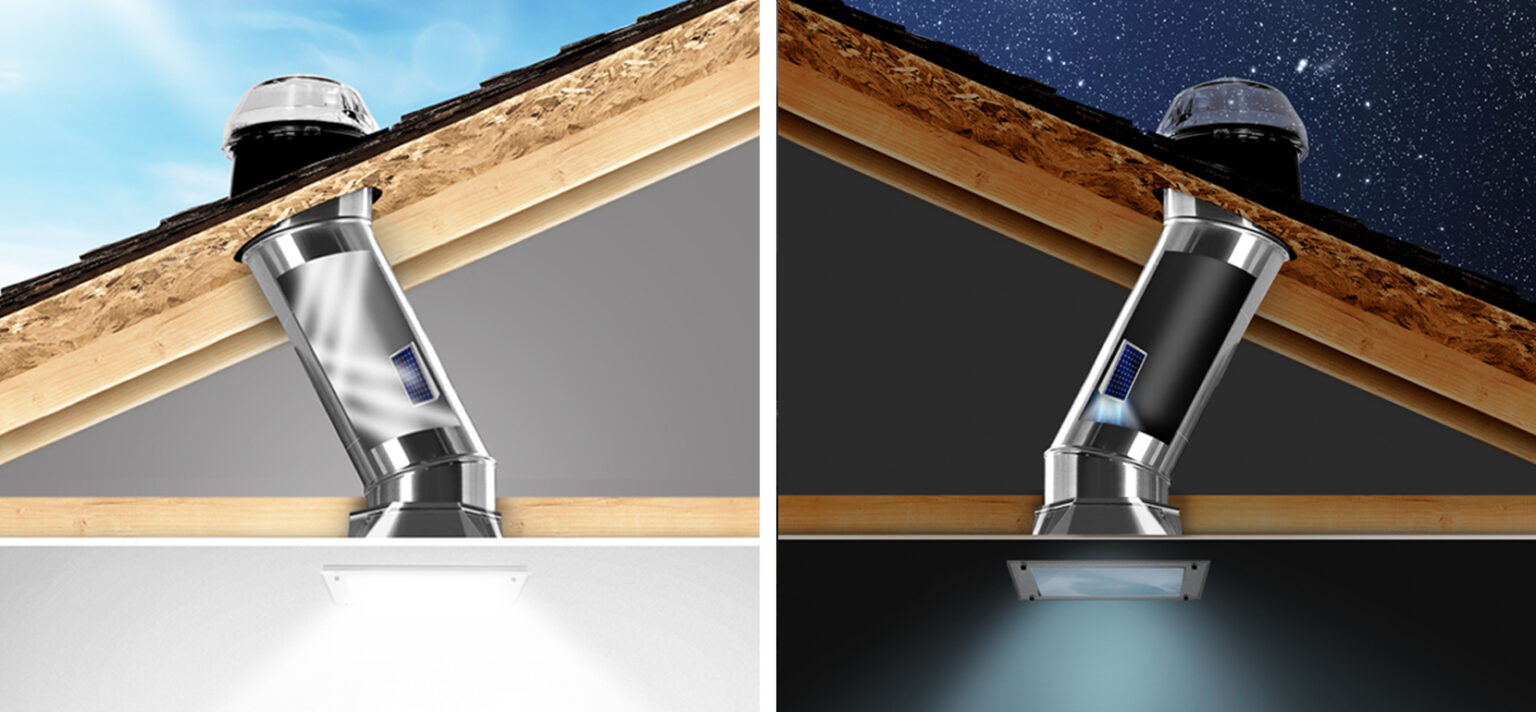 California has always been a leader in many fields, including sustainability. The California Green Building Standards Code, popularly known as CALGreen, is the nation’s first green building standards code.
California has always been a leader in many fields, including sustainability. The California Green Building Standards Code, popularly known as CALGreen, is the nation’s first green building standards code.
Why You Should Install an Attic Fan This Summer
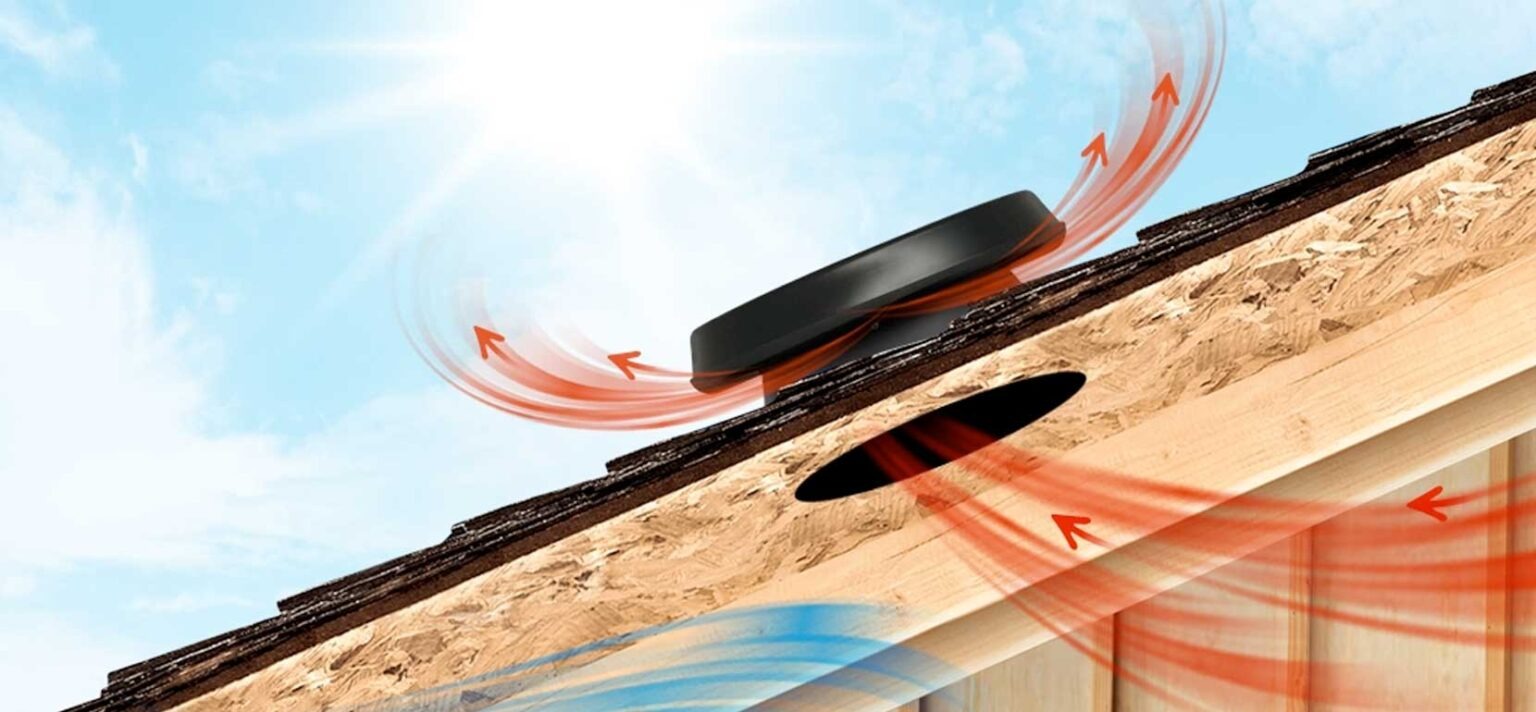 Since hot air rises, the attic is usually the hottest part of a house in summer. This may not seem to be a serious matter, since the attic is usually a place where everything that you do not need, but cannot get rid of, is stored. People rarely spend time there, so the heat that collects there may not seem to be a problem.
Since hot air rises, the attic is usually the hottest part of a house in summer. This may not seem to be a serious matter, since the attic is usually a place where everything that you do not need, but cannot get rid of, is stored. People rarely spend time there, so the heat that collects there may not seem to be a problem.
Your Guide to Solar Tubes: Common Questions Answered
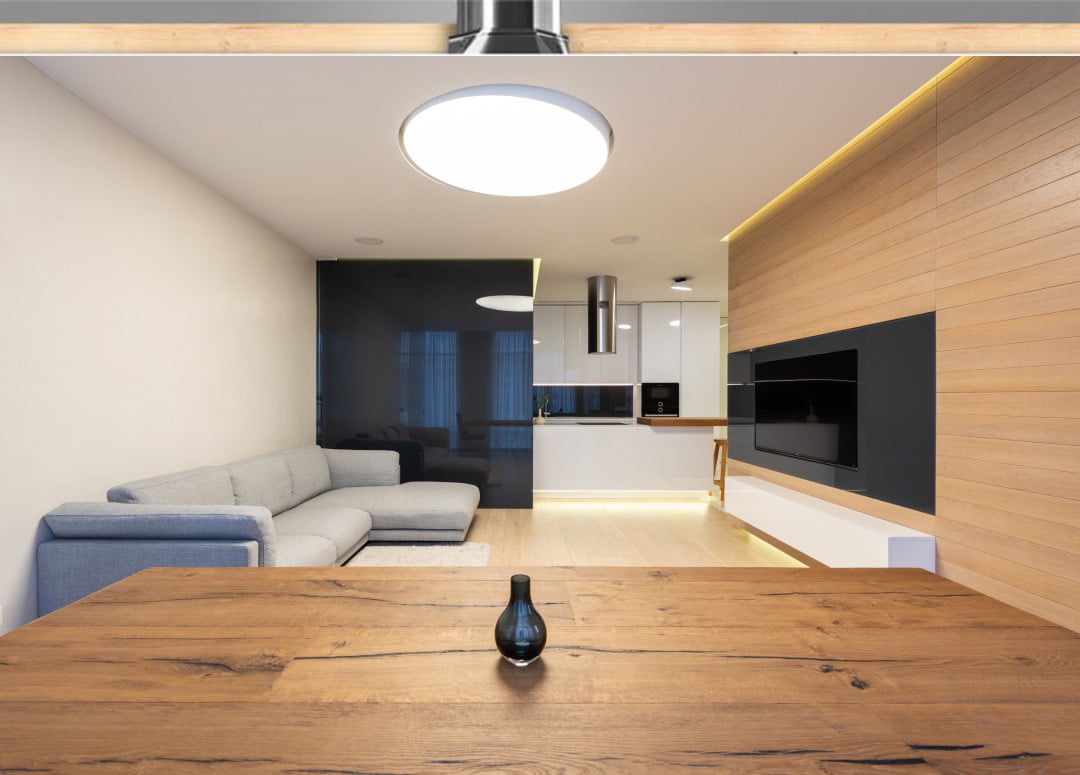
Humans are diurnal creatures which means that they function best during the day. There are several physical and psychological reasons for this but one of the main ones is the way that sunlight stimulates both the mind and body. Because of this, architects are now designing homes to maximize the amount of sunlight that can enter.
Bad Ventilation = Reduced House Value
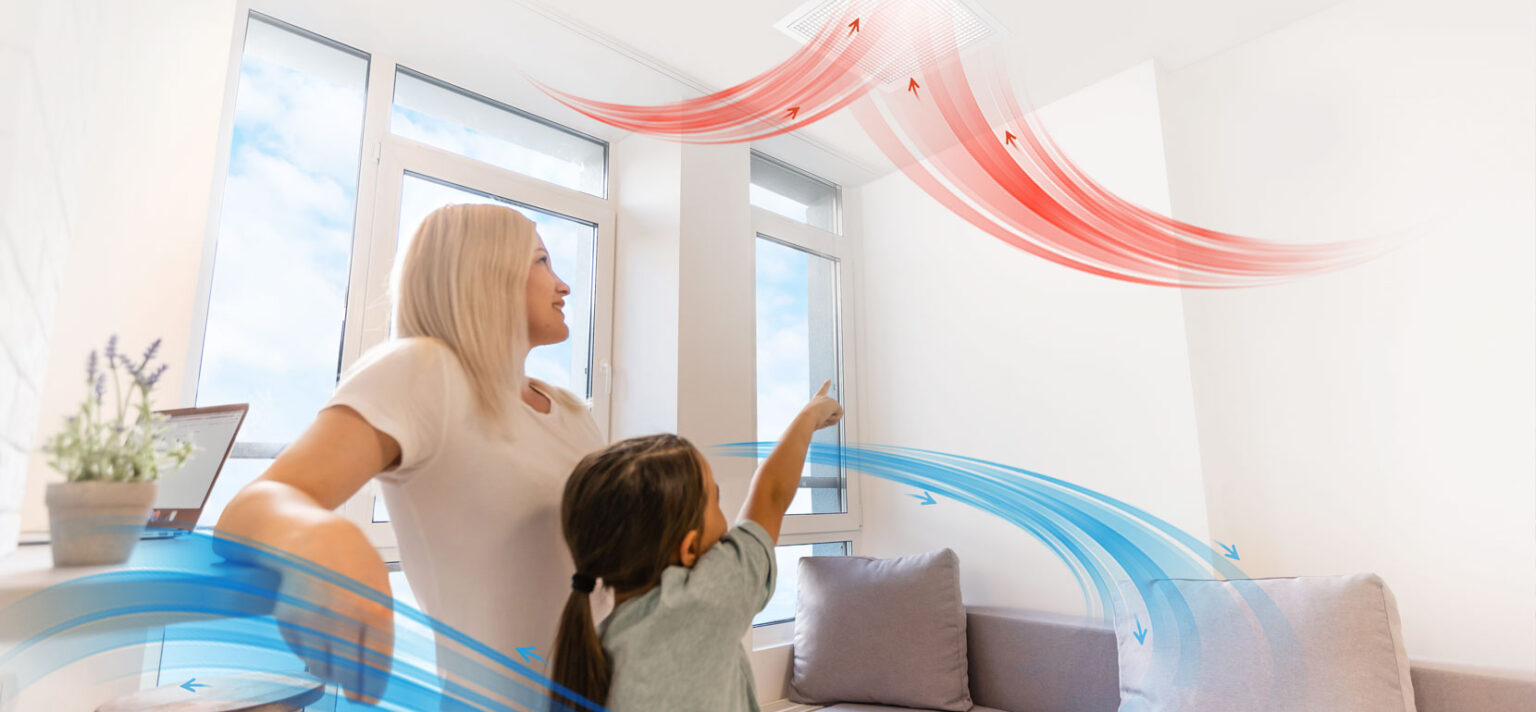
Those who lived through the COVID pandemic will carry the memories of those dark days with them for a very long time. The fact that it was completely unexpected and that it spread across the globe so fast is proof that despite the powers of technology and modern medicine, there is no way to be protected from disease.
What Is a Sustainable Home?
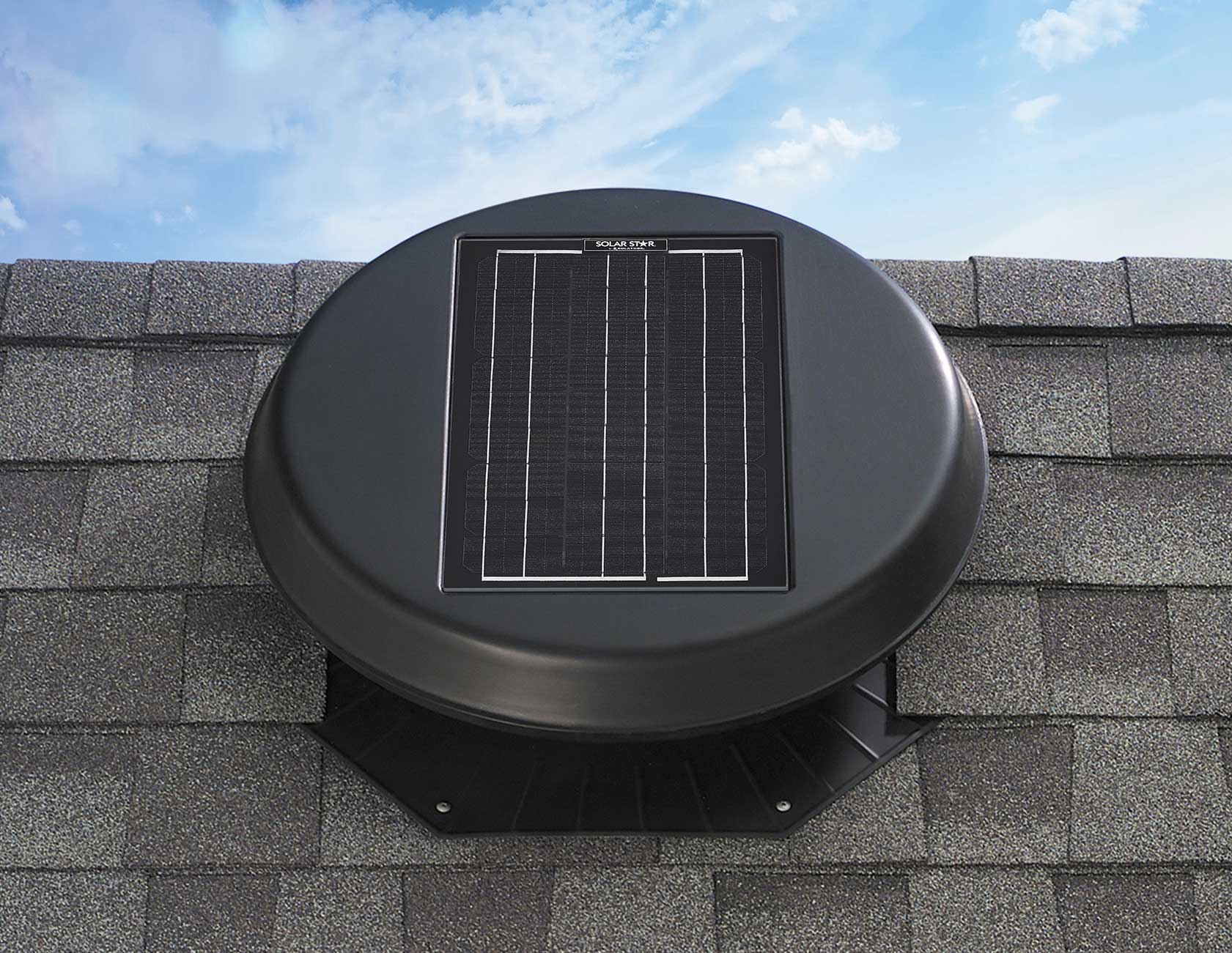 Climate change is here and countries across the globe are scrambling to find ways to fight it. While governments and multilateral agencies talk about reducing the use of fossil fuels, using clean energy, sustainability, environment regeneration and more, the fact is that progress in this field will take years, if not decades, to show results.
Climate change is here and countries across the globe are scrambling to find ways to fight it. While governments and multilateral agencies talk about reducing the use of fossil fuels, using clean energy, sustainability, environment regeneration and more, the fact is that progress in this field will take years, if not decades, to show results.
Mastering Attic Fan Installation: A Guide for Homeowners
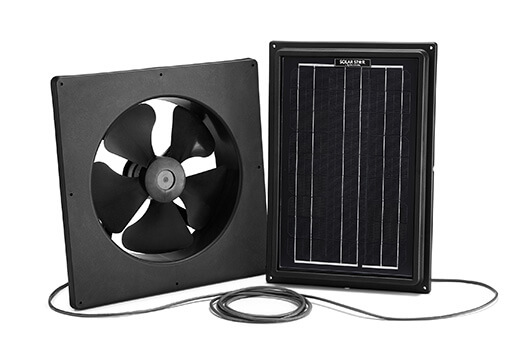 Installing an attic fan is a great investment. In summer, it will blow out the heat that rises up to the attic and by doing so, will reduce the air conditioning load which will in turn reduce your power consumption. In winter, it will help equalize the interior and exterior temperatures which will inhibit the development of moisture and mold.
Installing an attic fan is a great investment. In summer, it will blow out the heat that rises up to the attic and by doing so, will reduce the air conditioning load which will in turn reduce your power consumption. In winter, it will help equalize the interior and exterior temperatures which will inhibit the development of moisture and mold.
Make Your Home Lighting Green
-e6669e522b8e81e06abfa8d2872edfc15755b338.jpg)
How a house is lit makes a big impact on how the occupants of the home feel. Too little light and the mood is lowered. Too much light and the unwanted brightness can set nerves on edge. But the right amount of illumination can be both energizing and also relaxing. Homeowners know this and are spending more on illuminating their homes.
Frequently Asked Questions about our Products / Services
Do solar attic fans work?
Yes, they do work exceptionally well. I have had mine for many years now. They don’t cost a dime to run as they are solar-powered. I can run them all the time and they are continually doing their job of ventilation. This ensures that my house has fresh air all the time and any pollutants and toxins are expelled, keeping my family healthy. You can find out more about these solar attic fans in California by calling (408) 844-0081.
When should I replace my skylight?
A skylight is installed is to bring natural light indoors, and the purpose is lost if it doesn’t do that effectively. While skylights last for quite a while, you need to consider replacing them when your indoor light becomes very poor. You can get your skylight replacement done with the minimum of fuss with Sunlight Concepts. Call them at (408) 844-0081
What does daylighting mean?
Daylighting is the practice of illuminating indoor areas with natural light. It can be as a result of using appropriately designed windows and skylights. A good daylighting system will help you to bring natural lighting into your home in the correct manner. They will also help you have state-of-the-art sunlight-capturing technologies.
What is a whole house fan used for?
A whole-house fan is a great inclusion for your home’s cooling system. It is set up in your attic roof. The fan pulls air inside by means of open windows. This gives your house the benefit of fresh, outdoor air. Whole house fans are quite energy-efficient and environment-friendly too.
What are the Benefits of Daylighting?
Daylighting has many benefits. A good daylighting system helps bring natural light into the house. This can help:
• Production of vitamin D
• Is good for the bones
• Increases productivity
• Lessens fatigue
• Reduces eyestrain
• Is a mood enhancer
• Reduces electricity and HVAC costs.
You can contact Sunlight Concepts (408) 844-0081 for your Daylighting needs.
What are the advantages of an attic fan?
Installing an Attic Fan has many benefits.
- It improves ventilation in your home, helps cut down on moisture in your attic and even lowers the temperature throughout your entire home.
- It also lowers the humidity and moisture in the attic and reduces the chance of the occurrence of mold.
- The reduction in moisture also helps increase the life of your roof and lessens damage.
Is it OK to run an attic fan all night?
You should run your Attic Fan all night as it is the best way to bring down the temperature of your home. It is also the best way to ensure that your attic stays dry and there is no build-up of moisture which can cause dampness and mold, thus weakening the structure of the house. The reduction in moisture also helps increase the life of your roof and lessens damage to the roof.
What will be the impact of effective use of daylighting?
Natural light boosts vitamin D. When exposed to sunlight, the skin absorbs vitamin D, a critical nutrient that prevents bone loss and reduces the risk of heart disease, weight gain, and various cancers. Daylight also wards off seasonal depression and improves sleep and reduces health risks of fluorescent lighting. The best way to bring natural light into your home is to install a Daylighting System. At Sunlight Concepts, our design consultants will assess your home lighting and provide their expert assistance. We offer our clients energy efficient products that help make the home a healthier place to live in. Call (408) 844-0081 to speak to our consultant.
how to install attic ventilation fan
Installing an attic ventilation fan is a great way to improve the air quality in your home and help keep your roof cooler in the summer. Here are some tips for installing an attic ventilation fan:
1. Choose the right location for your attic fan - it should be located in an area where there is good airflow.
2. Make sure the opening to the attic is at least 18x18 inches so the fan can fit through it.
3. Install the fan according to the manufacturer's instructions. Be sure to use caution when working with electricity.
4. Seal any cracks or gaps around the edges of the opening to make sure all of the air is being drawn through the fan.
When should I run my attic fan in the summer?
The heat that builds up inside a house in the summer rises to the top of the structure – the attic. This part of the house then becomes a place where the heat is the greatest and since there is no way for it to escape, it collects there and this causes the whole structure and interior air to become warmer. Sunlight Concepts is the Premier Dealer for Solatube, the brand leader in solar powered attic fans. We recommend that in summer the fan should be run in the evenings, mornings and at night and any other time when the outside air is cooler than the inside air. The fan will blow to the hot air and draw in the cooler outside air.
How long does it take to install an attic fan?
It can take anywhere from one to two hours to install an attic fan, depending on the size and complexity of the job. Generally, the most time-consuming part of the installation is running the wiring to the fan.
First, you'll need to measure the dimensions of your attic and purchase a fan that's appropriately sized. If you're handy with tools, you should be able to do the installation yourself; otherwise, you may want to hire a professional.
Do skylights make a room colder?
A skylight is a great way to let natural light into a room, but it can also cause the room to become colder in the winter. This is because a skylight allows heat to escape from the room more easily.
If you're looking to add a skylight to your home, there are a few things you can do to help reduce the amount of heat loss. You can install an energy-efficient glass that will help keep the heat in, or you can install a skylight with an insulated frame. You can also add insulation around the skylight itself.
Where should a whole house fan be installed?
A whole house fan should ideally be installed in an interior hallway or closet that is adjacent to the living area. This will ensure that the cool air from the fan circulates throughout the entire house.
What are the benefits of daylighting?
The benefits of daylighting are numerous and well-documented. Some key benefits include:
- Improved mental health and productivity
- Reduced energy costs
- Reduced environmental impact
Daylighting is an important part of green building design, as it can help reduce a building's overall energy consumption by up to 30%. It's also been shown to improve occupant comfort and satisfaction and has been linked with reductions in sick leave taken by employees. In addition, daylighting helps reduce a building's carbon footprint by reducing the need for artificial lighting.
How does a daylighting system work?
A daylighting system brings natural light into a building using technology like optics, mirrors, or prisms. Sunlight is reflected off of a mirror or prism located near the top of the window and directed into the room. The mirror or prism can be flat, curved, or angled to best reflect the available sunlight.
Daylighting systems are used to provide natural light in place of artificial lighting during the daytime. They are most often used in commercial buildings where energy efficiency is important, but they can also be used in residential homes. Daylighting systems are beneficial because they reduce energy costs and improve occupant comfort and well-being.
Why is daylight so important?
Daylighting systems are important because they provide natural light to a building, which can improve the mood and productivity of employees. Additionally, daylighting systems can help to reduce energy costs by reducing the need for artificial lighting.
How many solar attic fans do I need?
The number of solar attic fans needed depends on the size of the attic and the specific conditions in the attic space. Generally, it is recommended to have one fan for every 150 to 300 square feet of attic space. It is also important to consider the ventilation needs of the attic and the specific climate conditions in the area. For example, in warmer climates with high heat and humidity, more fans may be needed to effectively remove excess heat and moisture. On the other hand, in colder climates with heavy snowfall and cold temperatures, the solar panels may not be able to generate enough power to effectively operate the fan during the winter months. It is important to consult with a professional and assess the specific conditions of your attic before installing solar attic fans.
How to replace a Skylight?
Skylight replacement can be a daunting task, but it is possible to do it yourself with some basic tools and knowledge. The first step is to measure the size of the existing skylight to ensure you purchase the correct replacement. Next, remove the old skylight by carefully cutting away any caulk or sealant around the edges, and then lifting the skylight out of the frame. Install the new skylight by inserting it into the frame, securing it in place with screws or clips, and then applying a new layer of caulk or sealant around the edges. Finally, test the new skylight for proper operation and check for any leaks or drafts. If you are unsure of your ability to replace a skylight, it is recommended to consult a professional.
How to install solar attic fan?
To install a solar attic fan, you should first choose the location and size of the fan, then install the mounting brackets, drill a hole for the fan, and attach the fan to the brackets. Finally, connect the fan to the solar panel, and test it to ensure it is working properly.
How do architects and engineers design daylighting systems for buildings?
Architects and engineers design daylighting systems for buildings with the aim of maximizing the use of natural light in indoor spaces. One important aspect of this design process is considering the orientation of the building and the positioning of windows, skylights, and other openings to take advantage of the available daylight.
During the design process, they also take into account the potential for glare, which can affect occupant comfort and productivity, and may incorporate shading devices or glazing treatments to mitigate this.
The choice of materials, such as glass or polycarbonate, can also impact the performance of the daylighting system, and considerations such as insulation and energy efficiency are taken into account as well.
In cases where existing buildings require improvements or updates, architects and engineers may also be tasked with skylight replacement or other modifications to improve the quality of the natural light within the space. Overall, designing effective daylighting systems requires a multidisciplinary approach and careful consideration of various factors to optimize both the visual and environmental performance of the building.
What are the different components of a Solatube daylighting system?
A Solatube daylighting system typically consists of three main components: a rooftop dome or collector that captures sunlight, a highly reflective tube that channels the light, and a diffuser that distributes the natural light into the interior space. These components work together to bring natural daylight into buildings, reducing the need for artificial lighting.
What are the different types of daylighting systems?
There are various types of daylighting systems for buildings, including:
1. Windows and Skylights: Traditional windows and skylights allow natural light to enter buildings, illuminating interior spaces.
2. Light Tubes or Tubular Daylighting Devices (TDDs): These systems consist of reflective tubes that capture sunlight on the roof and redirect it into interior spaces using reflective surfaces.
3. Light Shelves: Horizontal or angled surfaces are installed outside or inside windows to bounce natural light deeper into the building while shading against direct sunlight.
4. Clerestory Windows: These are high windows placed near the top of walls, allowing natural light to enter buildings while maintaining privacy.
5. Light Redirecting Films or Panels: These specialized films or panels are applied to windows to redirect and diffuse sunlight, reducing glare and distributing daylight more evenly.
6. Dynamic Daylighting Systems: These advanced systems utilize sensors and automated controls to adjust window shades or tint levels based on sunlight intensity, optimizing daylight and minimizing heat gain.
7. Skylight and Roof Window Treatments: These systems include features such as blinds, shades, or light-controlling glazing to regulate the amount of sunlight and heat entering through skylights or roof windows.
Each type of daylighting system offers unique benefits and considerations, and the selection depends on factors like building design, orientation, energy efficiency goals, and user requirements. Consulting with daylighting experts or architects can help determine the most suitable daylighting system for a specific building project.
What is the installation process for a solar attic fan?
Solar attic fan installation typically involves the following steps:
1. Site Assessment: Choose the most suitable location on the roof for optimal sun exposure and ventilation efficiency.
2. Roof Preparation: Clear the area of any debris or obstructions. Mark the location for the fan's installation.
3. Roof Opening: Create an appropriately sized opening on the roof, ensuring it aligns with the attic space and the solar attic fan's dimensions.
4. Secure Mounting: Install mounting brackets or hardware to secure the solar attic fan in place.
5. Wiring: Connect the solar attic fan's wiring to the electrical system, ensuring proper connections and safety measures.
6. Fan Placement: Place the solar attic fan on the mounting brackets and secure it firmly to the roof.
7. Weatherproofing: Apply weatherproof sealant around the fan's edges and mounting points to prevent leaks and ensure durability.
8. Solar Panel Installation: Position and attach the solar panel to receive maximum sunlight exposure. Connect the solar panel to the fan's power system.
9. Testing: Check the fan's operation and functionality to verify that it's working correctly.
10. Final Inspection: Ensure the installation meets safety standards and local building codes. Double-check the weatherproofing and connections.
Professional installation is recommended for proper solar attic fan installation, as it involves working at heights and dealing with electrical components. A certified installer can ensure the fan is correctly positioned and safely integrated into the attic space and the overall roof structure.
What is a Solatube skylight, and how does it differ from traditional skylights?
A Solatube skylight is a daylighting system that captures and channels natural sunlight into interior spaces using reflective tubing. Unlike traditional skylights, which are larger and require more structural modification, Solatube skylights are compact, allowing installation in various spaces. They utilize advanced optics to amplify and diffuse sunlight, reducing glare and heat while evenly distributing light. Solatube skylights are also energy-efficient, minimizing heat loss or gain. Additionally, they can be equipped with add-ons like dimmers or ventilation systems. Overall, Solatube skylights offer a cost-effective and versatile solution for bringing abundant natural light into buildings with fewer installation challenges.
How do Solatube skylights compare to traditional skylights in terms of installation, maintenance, and light diffusion?
Solatube skylights and traditional skylights differ in several aspects:
Installation:
Solatube Skylights: They are known for their easy and efficient installation. They don't require major structural changes to the roof, minimizing potential leakage or structural issues.
Traditional Skylights: Traditional skylights may involve more extensive installation work, including cutting into the roof and ceiling, which can be more complex and costly.
Maintenance:
Solatube Skylights: These systems have minimal maintenance requirements, often just needing periodic cleaning of the dome and interior diffuser.
Traditional Skylights: Traditional skylights can be more prone to issues like condensation, leaks, and heat loss, requiring ongoing maintenance and potential repairs.
Light Diffusion:
Solatube Skylights: Solatube uses a highly reflective tube to maximize natural light distribution. They often provide more even and consistent lighting, and some models have added diffusers to disperse light more evenly.
Traditional Skylights: Their light diffusion can be influenced by the size, placement, and surrounding architecture. They may not always provide as even or controlled light.
In summary, Solatube skylights are often preferred for their easier installation, lower maintenance needs, and efficient light diffusion. Traditional skylights may offer more design flexibility but can be costlier and require more upkeep. The choice depends on your specific needs, budget, and the architectural considerations of your space.
What is a tubular skylight, and how does it differ from traditional skylights in terms of design and functionality?
A tubular skylight, also known as a solar tube or sun tunnel, is a type of skylight that channels natural light into a room using a reflective tube. It differs from traditional skylights in design and functionality:
1. Design:
Structure: Tubular skylights consist of three main parts: a roof-mounted dome, a highly reflective tube, and a diffuser installed in the ceiling.
Size: Generally smaller in diameter (usually around 10-22 inches) compared to traditional skylights.
2. Functionality:
Light Transmission: A tubular skylight uses a highly reflective tube to capture sunlight from the roof-mounted dome and direct it into the interior space. The reflective material inside the tube maximizes the amount of light transmitted.
Diffusion: The light is diffused through a diffuser at the ceiling level, spreading natural light evenly across the room and reducing glare.
3. Installation and Versatility:
Ease of Installation: Tubular skylights are often easier and less invasive to install than traditional skylights since they require smaller roof openings.
Versatility: They can be installed in areas where traditional skylights might not be feasible due to structural constraints or space limitations.
4. Energy Efficiency:
Tubular skylights are designed to provide ample natural light, reducing the need for artificial lighting during the day and potentially saving on energy costs.
While traditional skylights offer a larger view of the sky and surroundings, tubular skylights are effective in bringing natural light into interior spaces, especially in areas where traditional skylights might not be practical or feasible to install.
What is a home ventilation system, and why is it important?
A ventilation system for home is designed to exchange indoor air with fresh outdoor air, maintaining good indoor air quality. It expels stale air laden with pollutants, moisture, and odors while introducing fresh air. Proper ventilation removes excess humidity, reduces indoor pollutants, and prevents mold, contributing to a healthier, more comfortable living environment. It also helps regulate temperature and moisture levels, reducing the risk of respiratory issues and improving overall well-being.
What is a solar attic fan, and how does it work?
A solar attic fan is a ventilation device powered by solar energy that helps regulate the temperature and humidity in your attic. It consists of a solar panel to capture sunlight, a fan to circulate air, and a housing unit. Unlike traditional attic fans that rely on electricity, solar attic fans operate independently, making them energy-efficient and environmentally friendly.
The solar panel absorbs sunlight and converts it into electricity, which powers the fan. As the fan operates, it expels hot air from the attic, facilitating the exchange of warm air with cooler outdoor air. This process helps prevent the buildup of heat and moisture, reducing the overall temperature in the attic. By promoting better ventilation, solar attic fans contribute to energy savings, prolong the life of roofing materials, and create a more comfortable living environment in the home.
How do advancements in technology impact the durability and performance of modern replacement skylights?
Advancements in technology have significantly improved the durability and performance of modern replacement skylights in several ways:
1. Materials Innovation: Modern replacement skylights often utilize advanced materials such as impact-resistant glass, polycarbonate, and acrylic, which are more durable and long-lasting than traditional glass. These materials are designed to withstand harsh weather conditions, resist UV damage, and reduce the risk of breakage or damage over time.
2. Energy Efficiency: Many modern replacement skylights feature innovative glazing technologies, such as low-emissivity (low-E) coatings and multiple panes with gas fills, which enhance energy efficiency by reducing heat transfer and minimizing solar heat gain. This not only improves comfort levels indoors but also helps lower energy costs associated with heating and cooling.
3. Integrated Design Features: Advancements in skylight design have led to the development of integrated features such as built-in flashing systems, leak-proof seals, and motorized ventilation options. These design enhancements improve installation efficiency, ensure watertight seals, and provide better control over ventilation and airflow, enhancing overall performance and longevity.
4. Smart Technologies: Some modern replacement skylights are equipped with smart technologies, including remote-controlled operation, automatic sensors for rain and temperature, and compatibility with home automation systems. These features offer greater convenience, control, and customization options for users, allowing them to optimize performance and energy savings based on their preferences and environmental conditions.
Overall, advancements in technology have revolutionized the durability and performance of modern skylight replacement, making them more resilient, energy-efficient, and user-friendly than ever before. These innovations contribute to improved comfort, aesthetics, and functionality while also reducing maintenance requirements and extending the lifespan of skylight installations.
What is the purpose of a Solatube?
The purpose of Solatube skylights is to bring natural light into interior spaces where traditional windows or skylights may not be feasible. Solatube skylights utilize highly reflective tubes to capture sunlight from the roof and direct it into rooms below, even those on lower floors or with limited roof access. These skylights are designed to maximize the amount of natural light while minimizing heat gain or loss, making them energy-efficient alternatives to traditional lighting solutions. Solatube skylights can enhance the aesthetics of interior spaces, create a brighter and more inviting atmosphere, and reduce reliance on artificial lighting during daylight hours. They are commonly used in residential and commercial buildings, offering a cost-effective and environmentally friendly way to illuminate interior areas with natural sunlight.
How does a ventilation system improve indoor air quality?
A ventilation system improves indoor air quality by continuously exchanging stale indoor air with fresh outdoor air. It removes indoor pollutants such as volatile organic compounds (VOCs), allergens, and excess moisture, replacing them with clean outdoor air. This process helps dilute indoor pollutants, reduce the buildup of harmful substances, and maintain a healthier and more comfortable indoor environment.
How do attic fans complement other ventilation systems in a home, such as ridge vents or soffit vents?
Attic fans complement other ventilation systems like ridge vents and soffit vents by enhancing overall air circulation in the attic. Ridge vents, installed along the peak of the roof, and soffit vents, located under the eaves, work together to facilitate passive ventilation. Warm air naturally rises and exits through the ridge vents, while cooler air enters through the soffit vents, creating a continuous airflow.
Attic fan installation boosts this process by actively expelling hot air from the attic, thereby increasing the efficiency of passive vents. During hot weather, an attic fan accelerates the removal of heat, preventing it from radiating into the living spaces below. This reduces the load on air conditioning systems and lowers energy costs.
Moreover, in humid climates, attic fans help mitigate moisture buildup by promoting better air exchange. This collaboration between attic fans and passive ventilation systems ensures optimal attic temperature and moisture control, contributing to the overall health and energy efficiency of the home.
What maintenance is required for an attic fan after installation?
After an Attic Fan Installation, regular maintenance is crucial to ensure optimal performance and longevity. One key task is keeping the fan and its components clean and free of debris. Regularly check and clean the fan blades, motor, and housing to prevent dust buildup, which can impede airflow and strain the motor.
Inspecting the fan's ductwork and vents regularly is also important to ensure they are free of obstructions. Blockages can restrict airflow, reducing the fan's effectiveness. Additionally, checking the fan's motor and lubricating it as needed can prevent overheating and premature wear.
Periodically monitor the fan's operation to ensure it functions properly. Listen for unusual noises, check airflow, and monitor the attic's temperature to ensure adequate ventilation. Proper maintenance can prevent issues and ensure the attic fan operates efficiently.
How much energy does a solar attic fan save?
A solar attic fan can save a considerable amount of energy by reducing the reliance on traditional air conditioning systems. By improving attic ventilation and reducing attic temperatures, these fans help maintain a cooler indoor environment. This can lead to significant energy savings, particularly during the hot summer months when cooling demands are highest. Studies suggest that a well-ventilated attic can lower cooling costs by up to 10-12%, translating into tangible energy savings over time.
The exact energy savings from a solar attic fan depend on various factors, including the size of the attic, the climate, and the efficiency of the fan itself. In optimal conditions, a single solar attic fan can save several hundred kilowatt-hours of electricity annually. This reduction in energy consumption not only lowers utility bills but also contributes to a smaller carbon footprint. By harnessing solar power, these fans provide an eco-friendly solution to enhancing home energy efficiency and reducing overall energy costs.
What are the benefits of installing garage fans?
Installing garage fans offers several significant benefits that enhance comfort and functionality in your space. One of the primary advantages is improved airflow, which helps regulate temperature and reduce humidity. Garage Fans efficiently circulate air, making the environment more comfortable by dissipating heat and moisture, especially during hot summer months.
Additionally, garage fans can help prevent the buildup of unpleasant odors and fumes, which is particularly useful if you use your garage for tasks like automotive repairs or storage. Proper ventilation can also reduce the risk of mold and mildew growth, contributing to a healthier environment.
Another benefit is energy efficiency. Using a fan can reduce the need for air conditioning, which lowers energy costs. Garage Fans are generally cost-effective, easy to install, and require minimal maintenance, making them a practical investment for enhancing the functionality and comfort of your garage.
Are there any safety tips for using garage fans?
When using garage fans, safety is essential to ensure proper ventilation without causing hazards. First, always select a fan with the appropriate size and power for your garage. Overloading a fan in a small, enclosed space can lead to overheating or insufficient air circulation. If your garage is prone to accumulating fumes from vehicles or chemicals, ensure the fan is powerful enough to expel these safely.
Keep the fan clear of obstructions and ensure it's placed on a stable, level surface to prevent tipping. Avoid placing flammable materials near the fan, as they can be ignited by sparks from the motor. For added safety and energy efficiency, consider using a solar attic fan in conjunction with your garage fan to improve airflow and reduce heat buildup in both the garage and attic, without increasing energy costs.
Regular maintenance, like cleaning the fan blades and inspecting the electrical components, is also critical for safe operation.
What are the benefits of skylight installation for unique roof designs?
Skylight Installation for Unique Roof Designs offers numerous benefits that enhance both aesthetics and functionality. One primary advantage is the ability to bring natural light into spaces that may be darker due to unconventional roof shapes. Skylights can illuminate areas like vaulted ceilings or angled rooms, creating a more inviting atmosphere and reducing reliance on artificial lighting.
Additionally, skylights can improve ventilation, particularly in rooms with unique architectural features. Opening skylights allow hot air to escape, promoting better air circulation and contributing to a more comfortable indoor environment. This is especially beneficial in attics or rooms that tend to trap heat.
Moreover, skylights can serve as a design focal point, accentuating the distinctiveness of a home’s architecture. They can enhance curb appeal and increase property value by creating visually stunning interiors. Overall, the thoughtful Skylight Installation for Unique Roof Designs can significantly improve the living experience while showcasing the home’s architectural character.
How does sustainable attic ventilation help with energy efficiency?
Sustainable attic ventilation options enhance energy efficiency by promoting proper airflow and reducing the need for heating and cooling systems to work overtime. By circulating fresh air and removing heat and moisture from the attic, these systems maintain a more consistent indoor temperature, which helps lower cooling costs in warmer months. For example, solar-powered attic fans utilize renewable energy to push hot air out, keeping the attic cooler without increasing electricity usage.
Additionally, sustainable attic ventilation options, such as ridge vents and gable vents, operate passively by allowing warm air to escape naturally through roof vents, making them energy-efficient and low-maintenance. During winter, proper ventilation prevents moisture buildup that can lead to insulation damage, which would otherwise reduce a home’s ability to retain heat. Overall, sustainable attic ventilation options reduce a home's energy consumption, lowering utility bills and supporting eco-friendly living by reducing dependency on traditional HVAC systems.
What types of skylights are best suited for unique roof designs?
When selecting skylights for unique roof designs, it’s important to consider both functionality and aesthetics. For roofs with complex angles or non-traditional shapes, custom-shaped skylights such as pyramidal, triangular, or circular options are ideal. These can be tailored to fit unusual roof profiles, ensuring a seamless blend with the structure. Flat skylights are also a great choice for modern or minimalist designs, offering a sleek, low-profile appearance while maximizing natural light.
For sloped or vaulted roofs, roof-mounted skylights with adjustable pitch are particularly effective, as they can be installed at the appropriate angle to match the roof's slope. Tubular skylights work well for smaller spaces or where a more compact solution is required, providing light without compromising the architectural integrity.
Working with professionals in Skylight Installation for Unique Roof Designs ensures that the right type of skylight is chosen, providing both style and energy efficiency while complementing the overall design of the home.
What are the benefits of replacing an old skylight?
Replacing an old skylight offers numerous benefits, particularly in terms of energy efficiency, aesthetics, and functionality. One of the key advantages of skylight replacement is improved insulation. Over time, older skylights can develop leaks or become less effective at insulating, leading to heat loss in the winter and heat gain in the summer. Newer, energy-efficient models help maintain a comfortable indoor temperature, reducing heating and cooling costs.
Additionally, skylight replacement can enhance the overall appearance of your home. Older skylights may have become cloudy, cracked, or damaged, detracting from the aesthetic appeal. Replacing them with modern, clear glass skylights can brighten up a space and improve its look.
Furthermore, new skylights are often equipped with better UV protection, preventing sun damage to furniture and flooring. In the long run, replacing an old skylight increases the value of your home, improves natural lighting, and enhances comfort, making it a smart investment.
What factors should be considered when installing skylights on unique roofs?
When installing skylights on unique roofs, several factors must be considered to ensure functionality, durability, and aesthetic appeal. The roof’s shape and slope play a crucial role in determining the type and placement of the skylight. Flat or steeply pitched roofs may require specialized skylights to prevent leaks and ensure proper drainage. Additionally, the material of the roof—whether metal, tile, or shingle—affects the installation method and flashing requirements.
Proper insulation and glazing are also important to maintain energy efficiency. High-quality, double- or triple-glazed skylights help prevent heat loss in winter and reduce heat gain in summer. Ventilation features can further enhance indoor comfort by allowing fresh air circulation.
For homes with non-traditional structures, skylight installation for unique roof designs requires customized solutions. Professional installers can adapt skylights to fit curved, vaulted, or irregularly shaped roofs, ensuring a seamless integration that enhances both natural lighting and architectural beauty.
What are the environmental benefits of sustainable attic ventilation?
Sustainable attic ventilation provides significant environmental benefits by improving energy efficiency and reducing the carbon footprint of a home. Proper ventilation helps regulate attic temperatures, minimizing the need for excessive air conditioning in summer and heating in winter. This leads to lower energy consumption, reducing greenhouse gas emissions and overall reliance on fossil fuels.
Using sustainable attic ventilation options, such as ridge vents, soffit vents, and solar-powered attic fans, enhances airflow without requiring electricity from non-renewable sources. Solar attic fans, for example, operate using solar energy, decreasing energy bills and environmental impact. Additionally, well-ventilated attics prevent moisture buildup, reducing the risk of mold growth and material decay, which can contribute to unnecessary waste and resource depletion.
By choosing sustainable attic ventilation options, homeowners contribute to a greener environment while maintaining a healthier indoor living space. Investing in eco-friendly ventilation solutions supports long-term sustainability and home efficiency.
Is smart ventilation effective in hot and humid climates?
Yes, smart ventilation can be effective in hot and humid climates when properly designed. These systems help balance indoor humidity and improve airflow, making homes more comfortable. By managing moisture and temperature efficiently, you can reduce home cooling with Smart ventilation while maintaining better air quality and energy efficiency.
What are the benefits of using smart ventilation systems in summer?
Smart ventilation systems offer several benefits during the summer, making them a valuable alternative or complement to traditional air conditioning. These systems are designed to monitor indoor and outdoor conditions, adjusting airflow automatically to maintain a comfortable temperature while reducing energy consumption. By pulling in cooler outside air during the early morning or evening and expelling warm indoor air, they help naturally regulate temperature without relying heavily on cooling systems.
One of the key advantages is improved indoor air quality, as smart ventilation helps remove pollutants, humidity, and stale air, creating a healthier living environment. Another benefit is the energy efficiency and cost savings they offer over time. You can reduce home cooling with Smart ventilation, which not only cuts utility bills but also reduces the strain on HVAC systems. With smart controls and automation, these systems offer convenience, sustainability, and comfort, all while maintaining an eco-friendly and energy-conscious home environment.
Can solar home solutions completely replace traditional electricity?
Yes, solar home solutions can completely replace traditional electricity for many households—especially when designed and installed properly. With a well-sized solar panel system and battery storage, it’s possible to power your home entirely through renewable energy, even during outages or cloudy days. The key is to match your system to your home’s energy usage and ensure there’s enough storage to handle nighttime or low-sun periods.
In areas like California, where sunshine is abundant, switching to solar is particularly effective. Homeowners exploring solar home solutions for a sustainable lifestyle in Santa Clara often find they can drastically cut or eliminate their utility bills while reducing their carbon footprint.
However, full replacement isn’t always practical for every home. Some people choose a hybrid approach—staying connected to the grid for backup. Still, solar technology is improving rapidly, and with the right setup, a completely solar-powered home is not just possible—it’s increasingly common and economically smart.
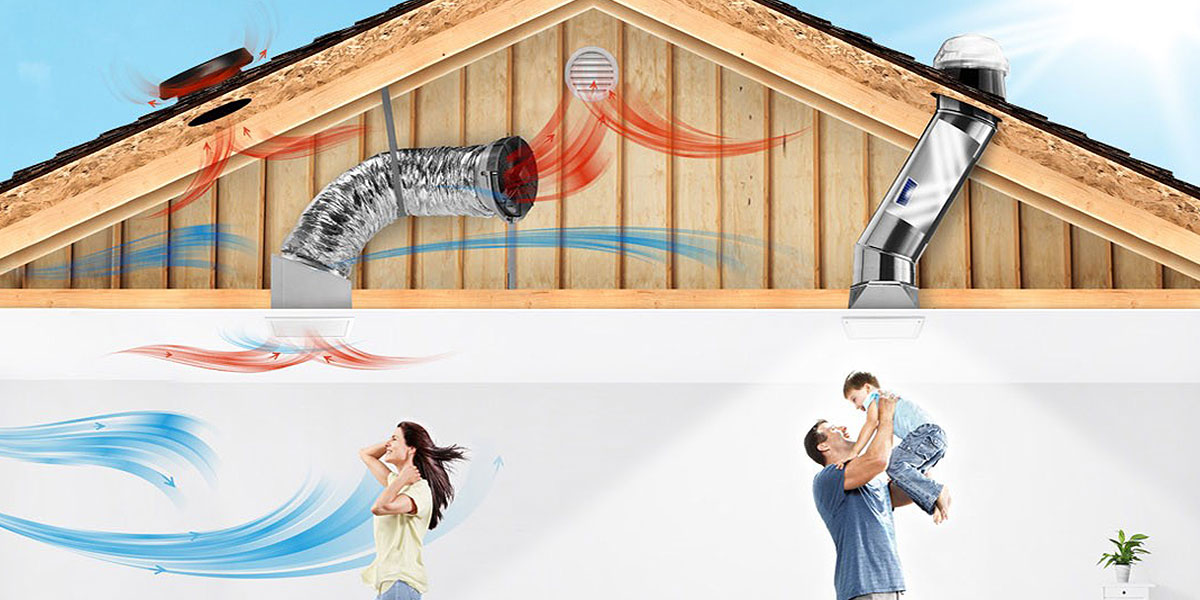
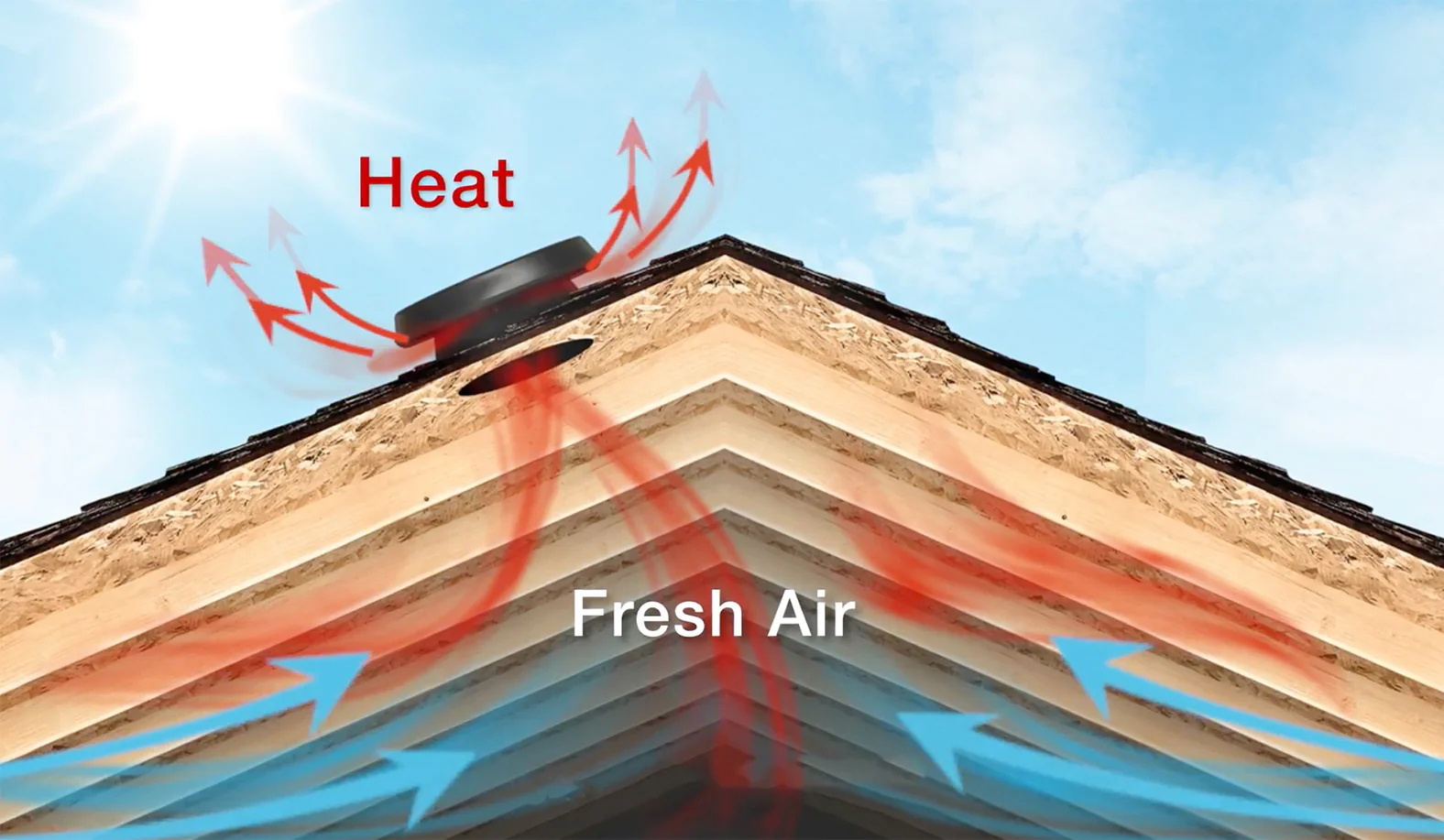
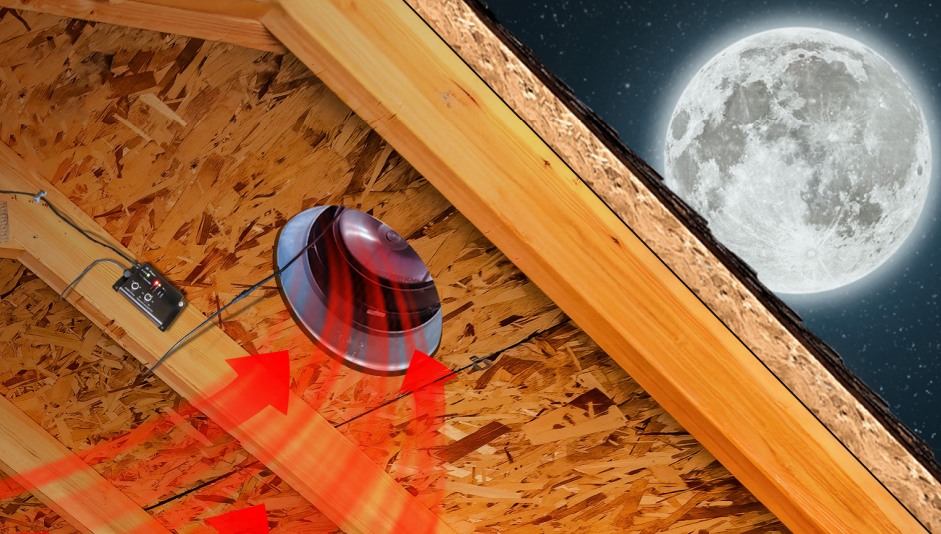
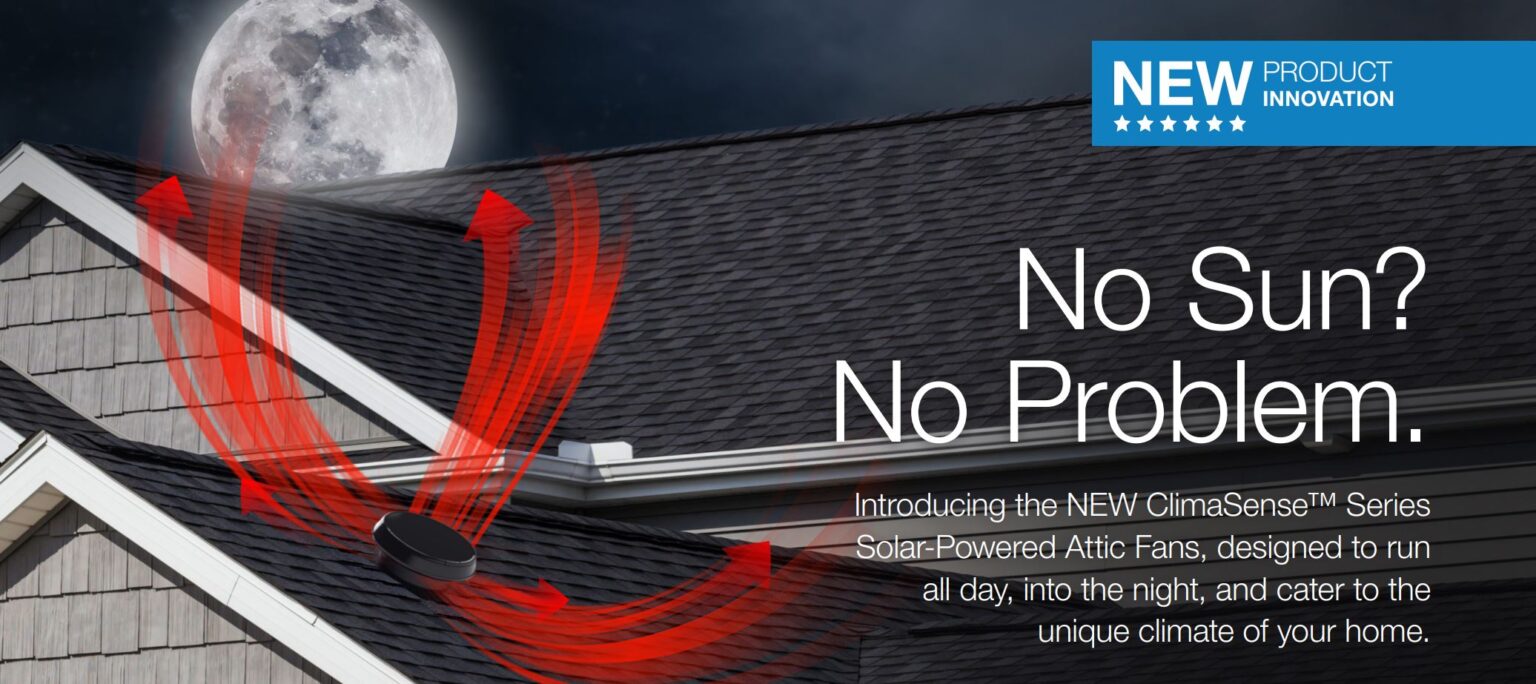 Home improvement is something few homeowners can avoid thinking about. One of the most popular projects is converting a dusty, rarely used attic into a bedroom. It adds to the living space in the house and makes it easier when guests are staying over.
Home improvement is something few homeowners can avoid thinking about. One of the most popular projects is converting a dusty, rarely used attic into a bedroom. It adds to the living space in the house and makes it easier when guests are staying over.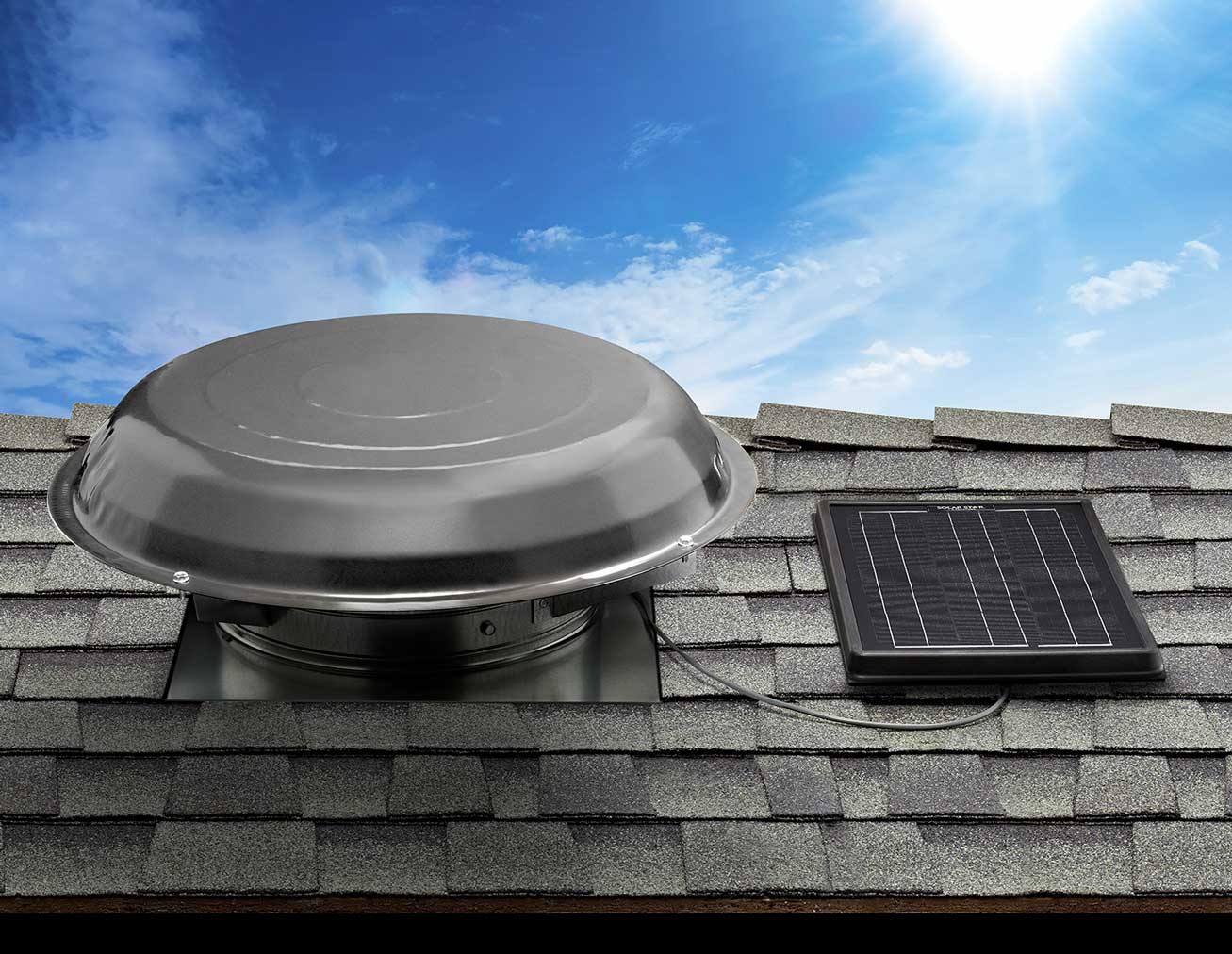 Having decided to install an attic fan in your home, the next step is finding the right make and model. When it comes to the make, the automatic choice should be Solatube. Why? It is because this company is the leader in attic fans and other ventilation products.
Having decided to install an attic fan in your home, the next step is finding the right make and model. When it comes to the make, the automatic choice should be Solatube. Why? It is because this company is the leader in attic fans and other ventilation products.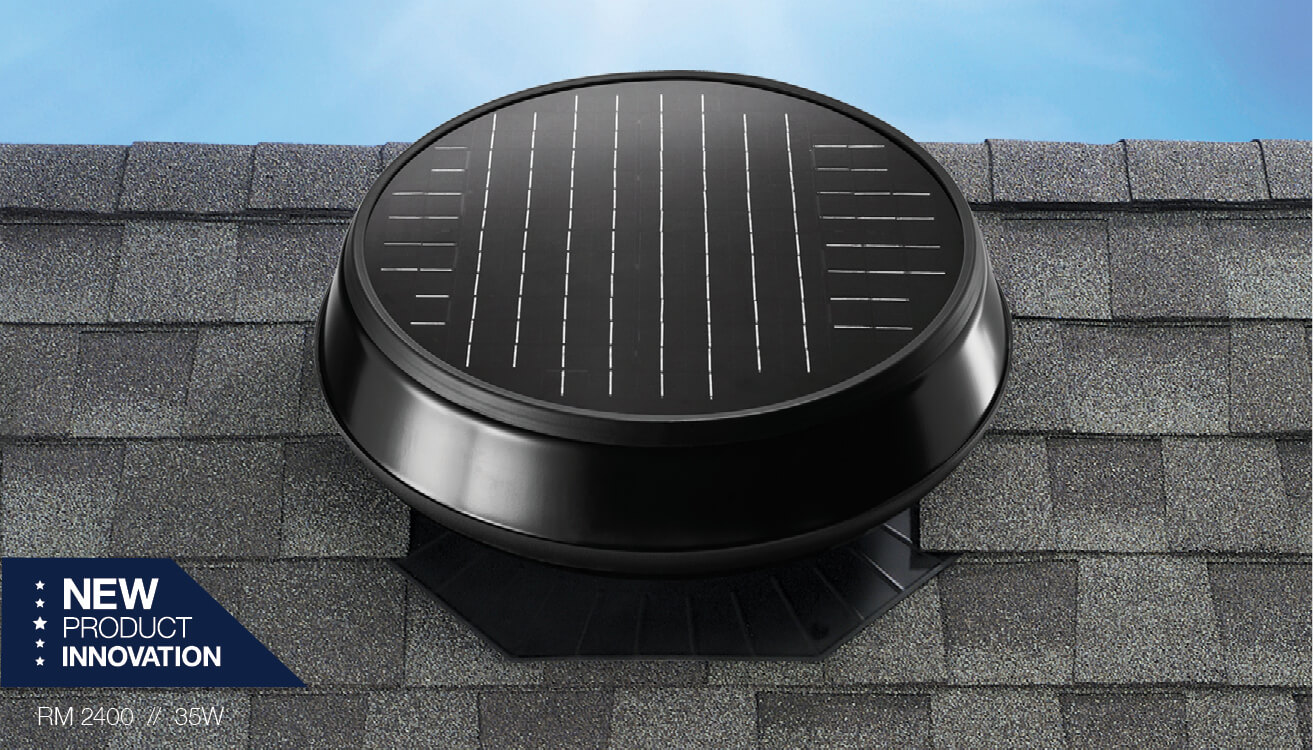
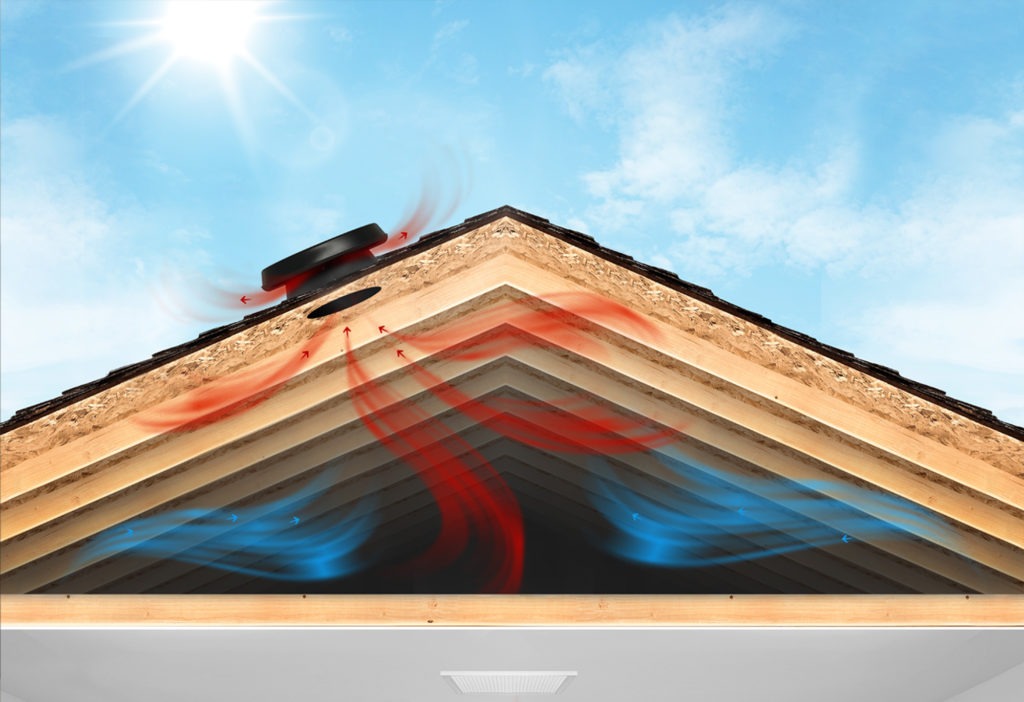 When it comes to climate control for a home, the primary focus is on the heating and cooling systems. These are what keep the occupants of the house comfortable whatever the climate is outside. But that is not all there is to it.
When it comes to climate control for a home, the primary focus is on the heating and cooling systems. These are what keep the occupants of the house comfortable whatever the climate is outside. But that is not all there is to it.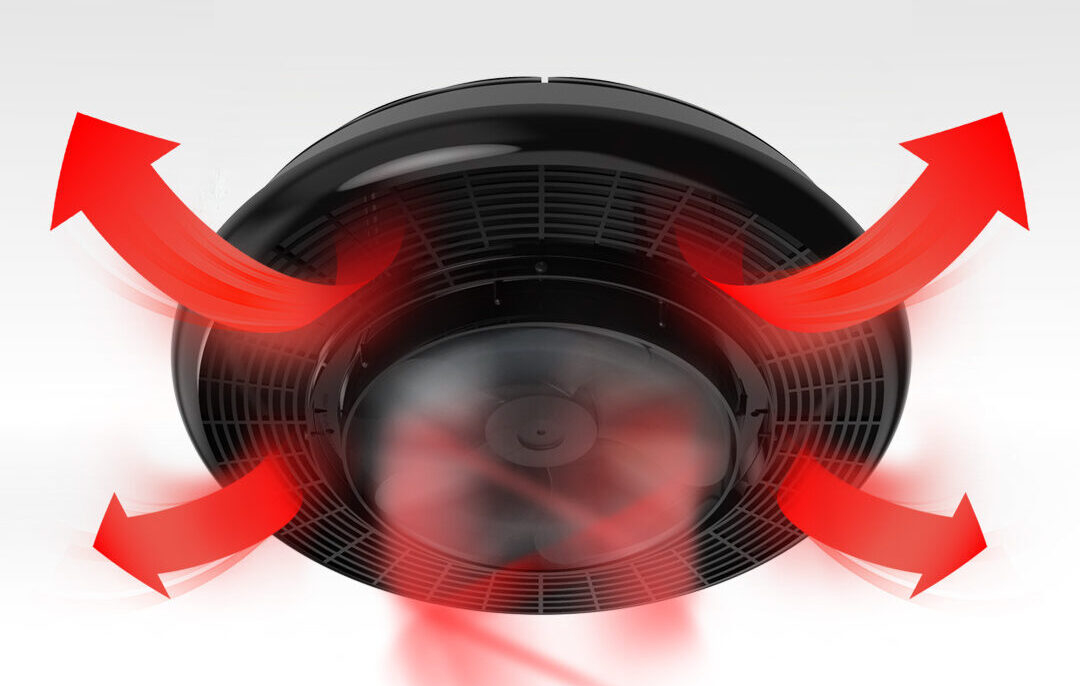 Finding ways to reduce electricity consumption is always a matter of interest. Besides the savings on utility bills, there is the satisfaction that comes from knowing that a home’s carbon footprint has been reduced. Controlling air conditioning power consumption is a major part of this.
Finding ways to reduce electricity consumption is always a matter of interest. Besides the savings on utility bills, there is the satisfaction that comes from knowing that a home’s carbon footprint has been reduced. Controlling air conditioning power consumption is a major part of this.